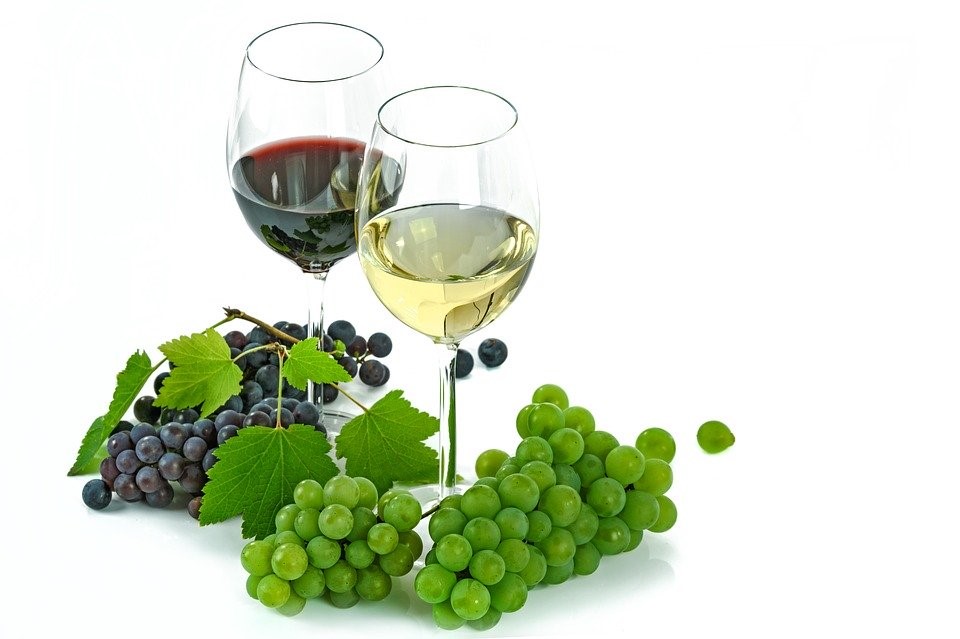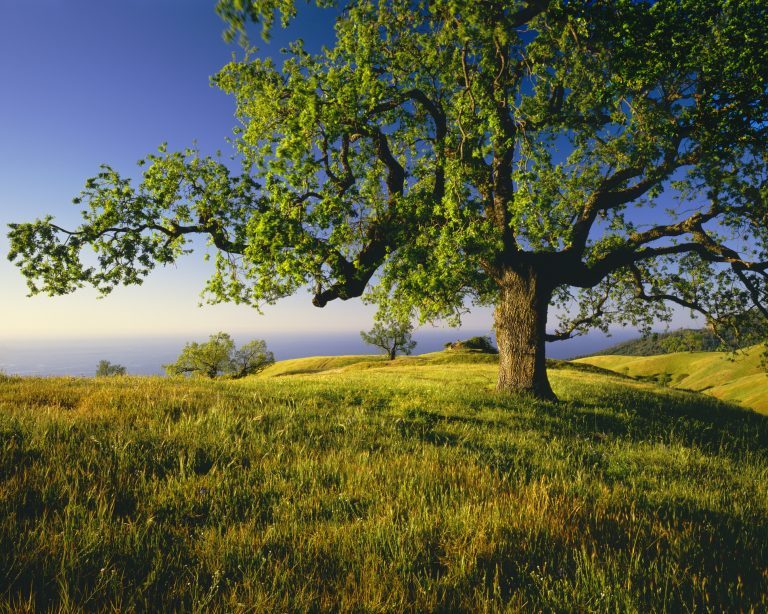How do you get in touch with nature? What does nature mean to you? What’s your favorite tree? Do you have any Tu b’Shvat traditions?
When people think of the Seder, Passover immediately comes to mind, but Passover isn’t the only holiday that has a Seder. Tu b’Shvat, the holiday that celebrates New Years for trees has one too. A Tu b’Shvat Seder is much like a Passover Seder. They both involve using food as symbols, they both have 4 cups of wine, they both serve as an order to guide us through the holiday rituals, and they both feature a delicious feast.
Tu b’Shvat is not based around a specific biblical or historical event, instead it celebrates the 15th day of the month of Shevat. The Hebrew calendar has a seven-year cycle. During the days of the temple farmers had to pay tithes on their crops depending on how many years old the plants were.
“And when ye shall come into the land, and shall have planted all manner of trees for food, then ye shall count the fruit thereof as forbidden; three years shall it be as forbidden unto you; it shall not be eaten. And in the fourth year all the fruit thereof shall be holy, for giving praise unto the LORD. But in the fifth year may ye eat of the fruit thereof” (Leviticus 19:23-25).
In order to determine when specific trees should be tithed Tu b’Shvat was adapted as the new year for trees. All trees that blossomed before the holiday were considered to be part of the previous year and all trees that did so afterwards were considered part of the current year. When the Jewish diaspora began these tithes were no longer collected.
Tu b’Shvat was embraced by kabbalist Jews and transformed into a mystical holiday. They created a variety of customs and symbolisms to infuse the holiday with spiritual meaning. They believed that consuming specific wines, fruits and nuts in the proper order could bring them closer to spiritual perfection. The first Tu b’Shvat Seder was written in the 16th century by kabbalist Jews in the Israeli city of Tzfat. It spread to other Jewish communities from there, changing over time.
Today Tu b’Shvat has become a Jewish arbor day of sorts. Tu b’Shvat is a day to celebrate nature and trees. It is a day to reflect upon the enviroment and connect with the world around us. Tu b’Shvat also celebrates the land of Israel itself. It has become a tradition to plant trees in Israel on the holiday. Jews around the world donate money for these forestation efforts.
The Tu b’Shvat Seder consists of drinking 4 glasses of wine, eating a variety of fruits and nuts, and saying prayers throughout. The seder starts with the ritual washing of the hands. Sometimes flower-scented water is used both to make the experience more luxurious and to deepen the connection to nature.

Then the Seder moves onto the glasses of wine. The first glass of wine is white wine. It symbolizes winter, the white of the wine matching that of the snow. This glass can also represent the element of earth. Additionally, it symbolizes the mystical world of Assiyah, the physical world in which we live. In drinking to Assiyah action and physicality are celebrated.
After that the first fruits and nuts of the night are eaten. For this part of the Seder, fruits and nuts with hard exteriors and soft edible interiors are served. Pomegranates, walnuts, pistachios, coconuts, and bananas are all good options. There are a variety of different meanings behind eating these fruits. One is that while they appear inedible at first, when you peel away their shells, they transcend their outer limit and reveal their true nature. They also show that you shouldn’t judge based solely on appearance, you can’t be certain what lies on the inside. Additionally, the hard shell can represent the protection that the earth gives us.
The second glass of wine is white wine with a few drops of red wine added. This glass symbolizes spring, the wine’s gradual change in color mimics the way nature’s colors start return in the spring. This glass can also represent the element of water. Additionally, symbolizes the mystical world of Yetzirah, the realm of formation and emotion. In drinking to Yetzirah creativity both human and divine is celebrated.
Then there are more fruits to be eaten. This time, fruits with a soft edible exterior and a hard inedible interior are served. These include olives, dates, apricots, peaches, plums, and avocados. They remind us that like a tree blooming from a discarded pit, growth can come from inhospitable and overlooked places. These pits can also symbolize the way people harden their hearts. Additionally, then can represent the strength hidden deep inside us all.
The third glass of wine is filled half with white wine and half with red wine. This glass symbolizes summer, the deepening color of the wine shows how summer’s warmth brings further growth to the plants. This glass can also represent the element of air. Additionally, it symbolizes the mystical world of Beriah, the realm of thought and creation. In drinking to Beriah we celebrate how God created everything including ourselves.
Here fruits that are soft and edible both inside and outside are eaten. They include dates, grapes, carobs, strawberries, and blueberries. These fruits remind us of the importance of letting go of our hard shells both inside and out. They also represent the wholeness of god’s creation and how we should appreciate it.
The fourth glass of wine is a glass of red wine. This glass symbolizes fall, the red color like the autumnal leaves. This glass can also represent the element of fire. Additionally, it symbolizes the mystical world of Atzilut, the realm of spirits and divine essence. In drinking to Atzilut we celebrate the divine and that which transcends our world.

After the Seder proper there is a festive meal. Many recommend that the themes of nature and plants be further reinforced by serving up a vegetarian feast. A related Tu b’Shvat tradition is to eat the seven species of plants mentioned in the Torah. Deuteronomy (8:8) lists seven species that are the main produce of the land of Israel. These species are wheat, barley, grapes, figs, pomegranates, olives and dates. Some expand this tradition to include 15 fruits, while others take it even further recommending serving as many different fruits as possible. You can plan your Tu b’Shvat dinner to have as many fruits, nuts, and grains as you want.
However you choose to celebrate the holiday, we wish you a happy and arboreal Tu b’Shavat!
For the year 2020 Tu b’Shvat begins February 9th and ends February 10th.
We have suggestions for a Tu b’Shvat dinner menu you can find here.
You can find links to a variety of Tu b’Shvat Seders here.






